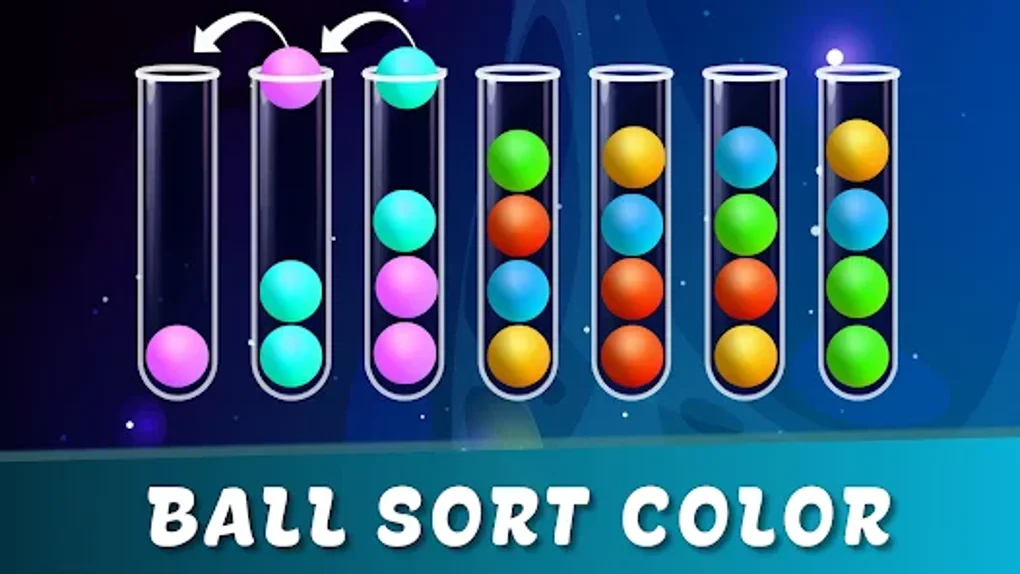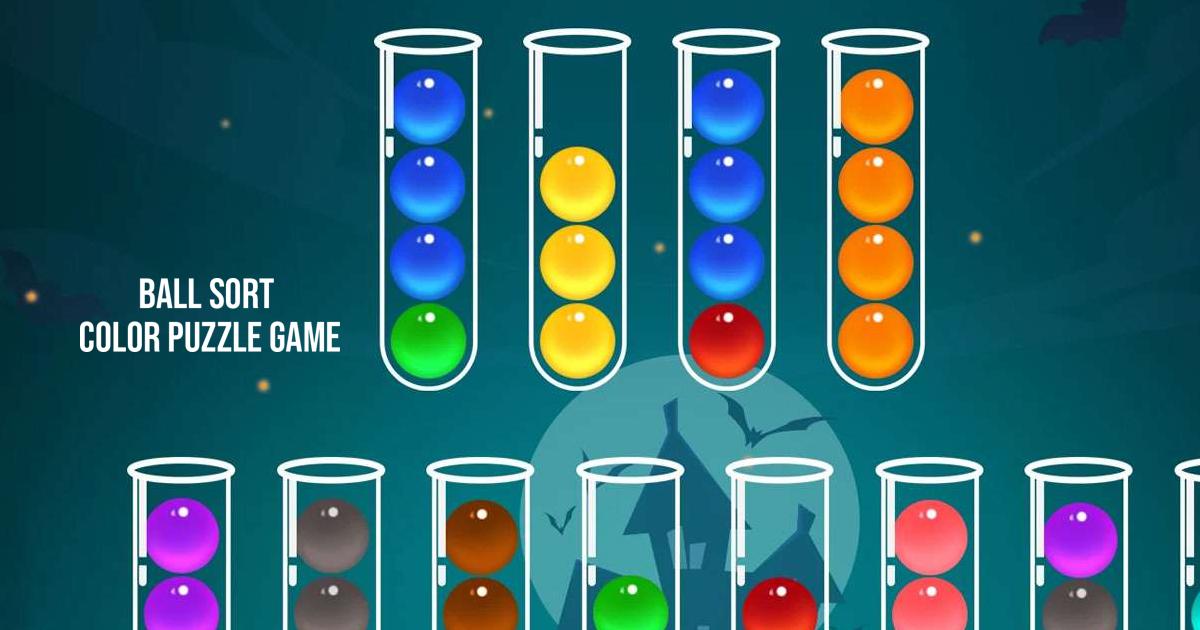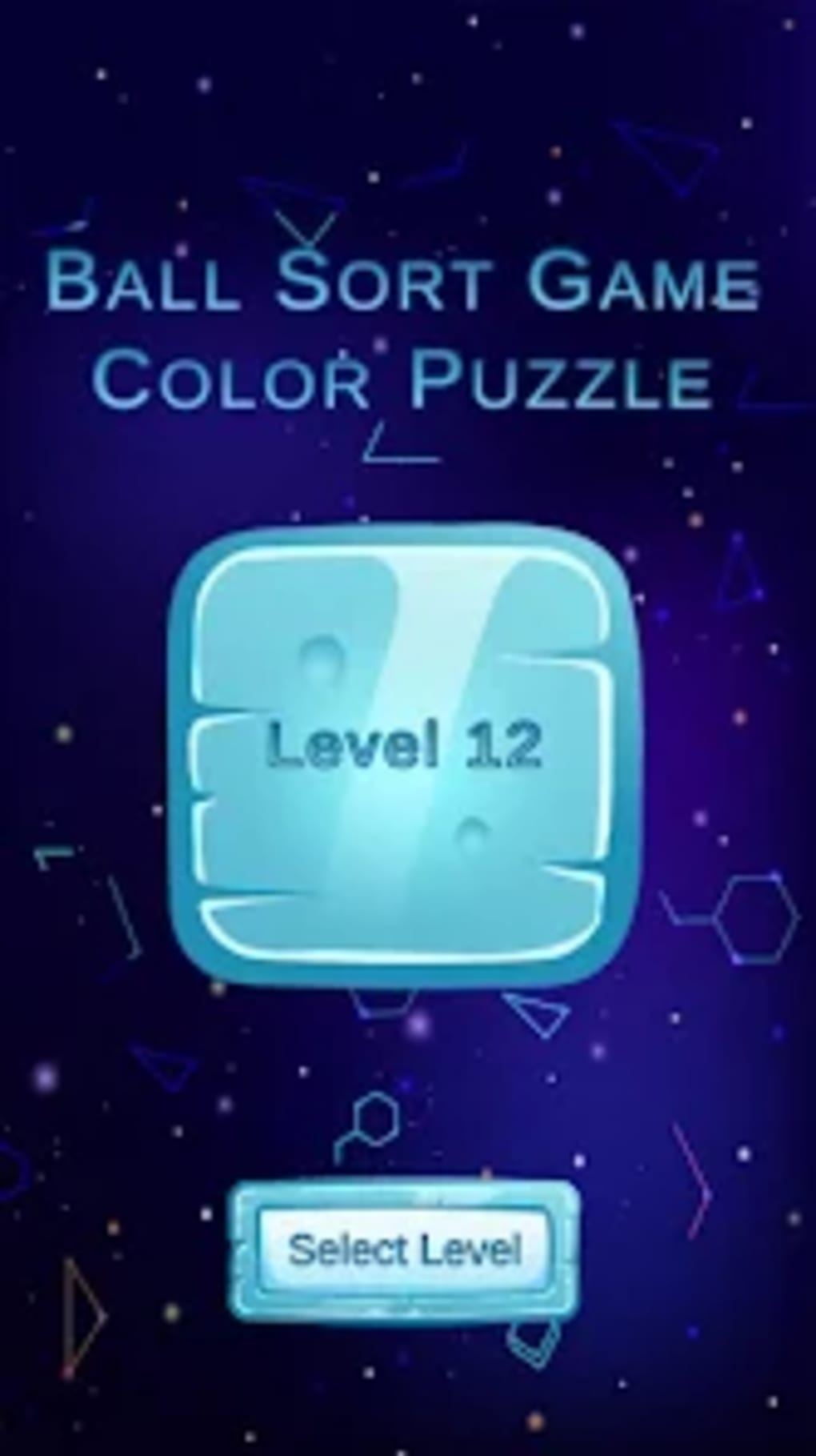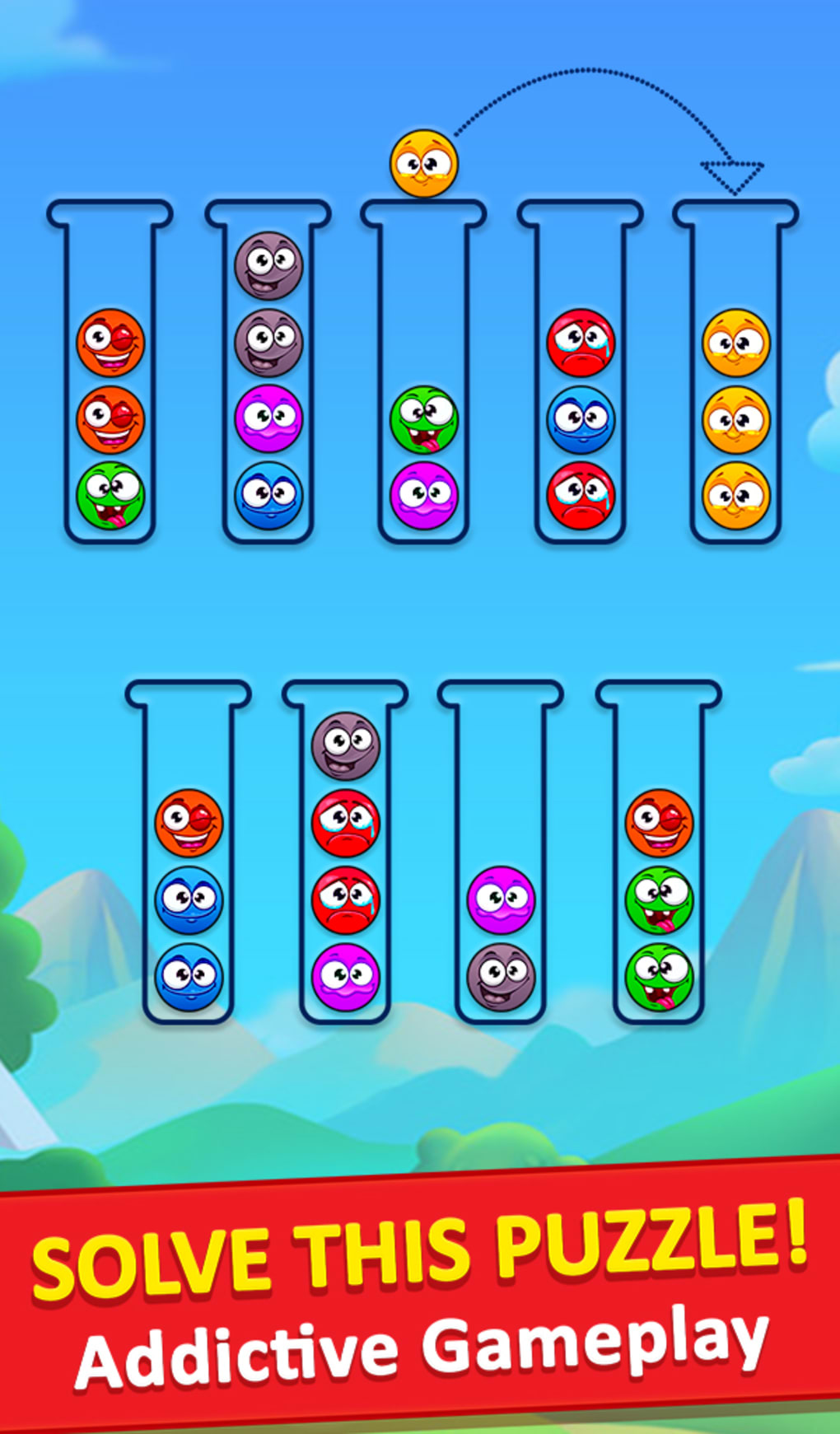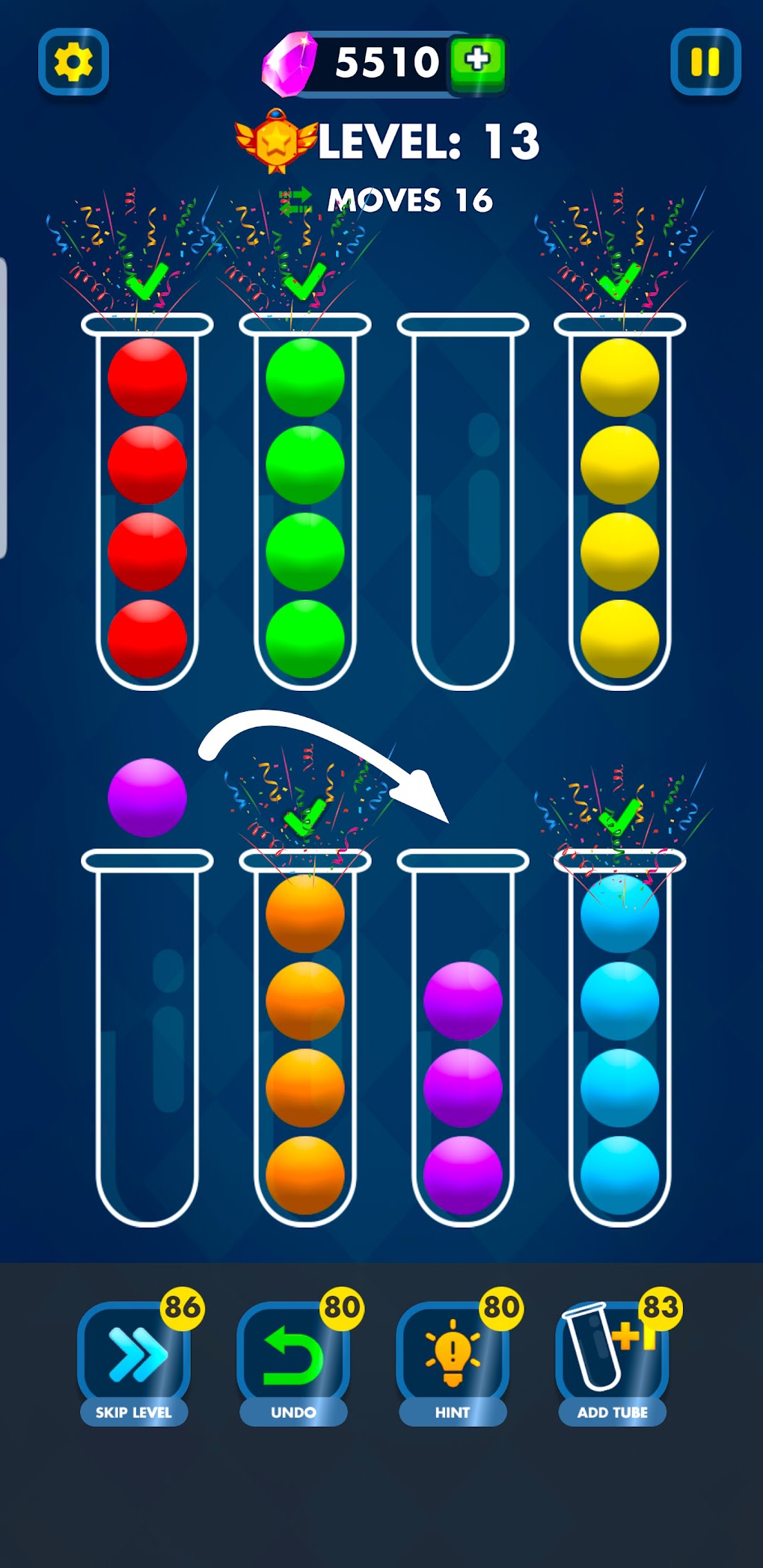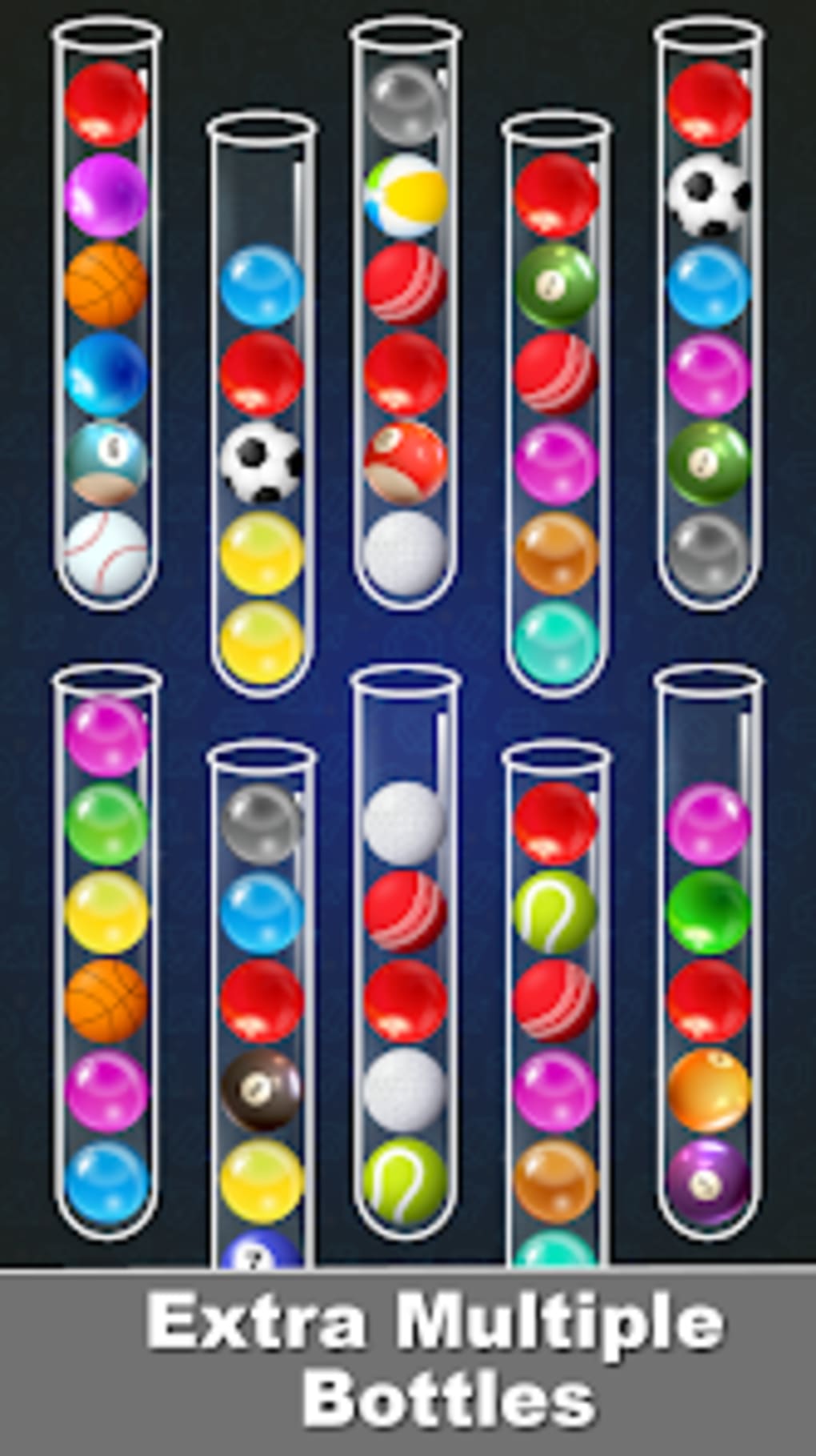Ball Sort - Color Puzzle Game
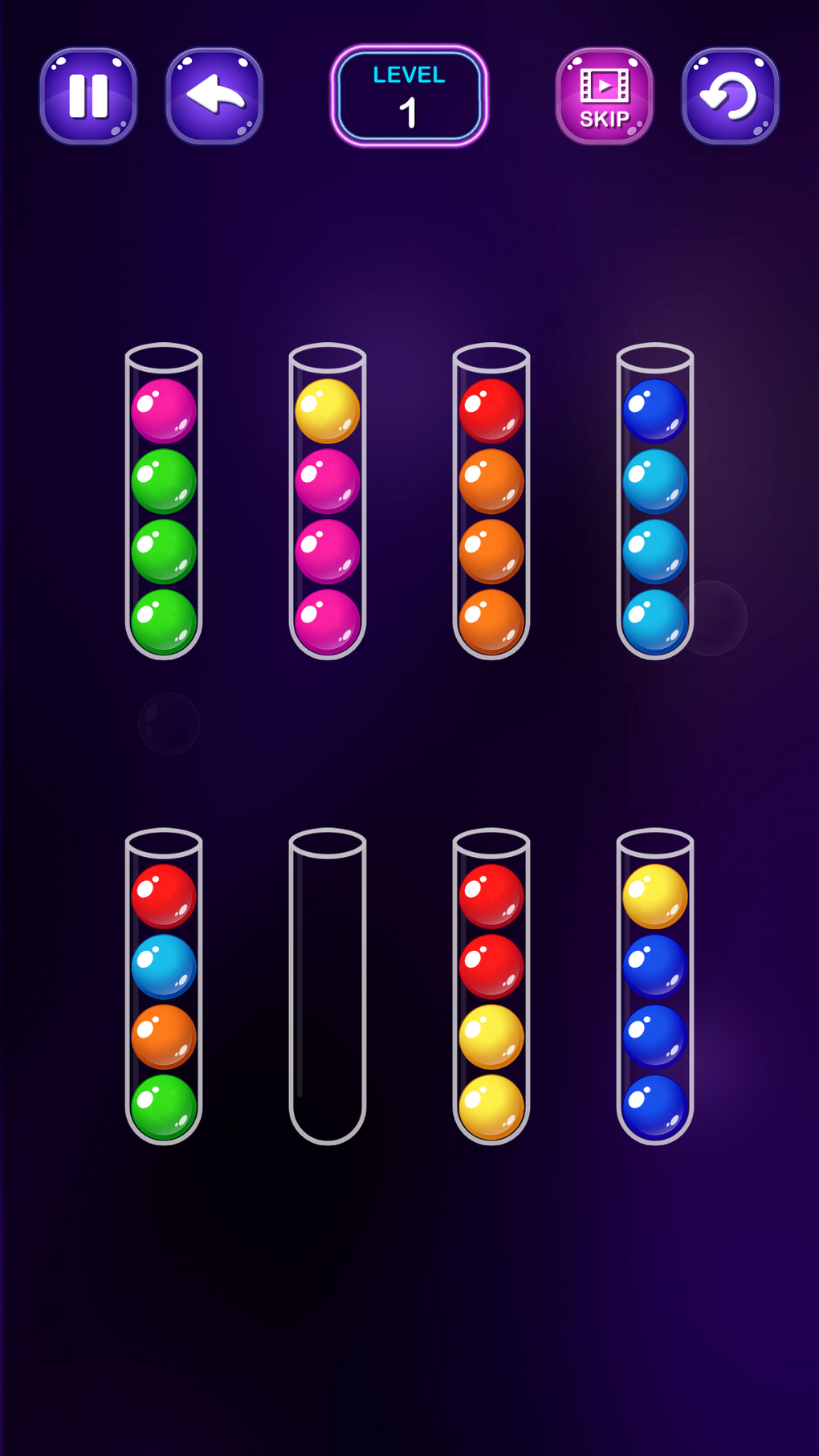
The deceptively simple mobile game, Ball Sort - Color Puzzle Game, has quietly amassed a global following, sparking debate about its addictive nature, its contribution to cognitive skills, and its place in the ever-evolving landscape of mobile gaming. While seemingly harmless, the game's core mechanics trigger reward pathways in the brain, leading to extended play sessions and, for some, potential dependence. The rise of Ball Sort presents a microcosm of the larger discussion surrounding the impact of hyper-casual games on society.
Ball Sort - Color Puzzle Game, a free-to-play mobile title, involves sorting colored balls into matching tubes. This puzzle game, available on both iOS and Android platforms, has seen an exponential increase in downloads and daily active users since its initial release. Its accessibility, simple gameplay, and constant stream of levels contribute to its widespread appeal.
The Rise of Ball Sort: A Statistical Overview
Data from mobile analytics firms indicates a significant surge in downloads for Ball Sort in the past year. According to Sensor Tower, the game has been downloaded over 100 million times globally. App Annie reports that Ball Sort consistently ranks within the top ten free puzzle games across various app stores.
This data highlights not only the game's popularity but also the growing appetite for simple, accessible puzzle games in the mobile market. Ball Sort's success underscores the potential for hyper-casual games to reach massive audiences.
The Addictive Nature of Hyper-Casual Games
Critics argue that the repetitive nature and instant gratification offered by games like Ball Sort can be highly addictive. The dopamine release associated with successfully completing a level reinforces the desire to continue playing.
Dr. Emily Carter, a psychologist specializing in behavioral addiction, notes that "games like Ball Sort are designed to be intrinsically rewarding. The short feedback loops and easily achievable goals create a sense of accomplishment that can be highly reinforcing, leading to compulsive play for some individuals."
The game's endless levels and lack of a definitive end point further contribute to its addictive potential. Players are constantly presented with new challenges, making it difficult to stop playing.
Cognitive Benefits: A Counter Argument
Despite the concerns about addiction, proponents of Ball Sort argue that it can offer cognitive benefits. The game requires players to strategize, plan ahead, and problem-solve, potentially enhancing critical thinking skills.
A study published in the Journal of Applied Cognitive Psychology found that engaging in puzzle games can improve spatial reasoning and working memory. While the study did not specifically examine Ball Sort, the findings suggest that similar games may offer comparable cognitive advantages.
However, the extent of these benefits and their long-term impact remains a subject of ongoing research. It's also important to note that these benefits may be overshadowed by the potential negative consequences of excessive gaming.
Monetization Strategies and Ethical Considerations
Ball Sort, like many free-to-play mobile games, relies on in-app advertisements and optional purchases for revenue. These advertisements can be disruptive and contribute to a negative user experience.
Some users have complained about the frequency and intrusiveness of ads within the game. This raises ethical questions about the balance between monetization and user satisfaction.
Moreover, the game's use of push notifications to encourage users to return can be seen as a manipulative tactic. Critics argue that these notifications exploit the game's addictive potential.
The Developer's Perspective
While direct statements from the developers of Ball Sort are scarce, the general trend within the hyper-casual gaming industry is towards creating engaging and accessible experiences. Many developers prioritize player enjoyment and strive to create games that are both entertaining and mentally stimulating.
However, the pressure to generate revenue often leads to the implementation of aggressive monetization strategies. Finding a sustainable balance between profit and player well-being remains a key challenge for developers in this space.
The Future of Ball Sort and Hyper-Casual Gaming
The success of Ball Sort highlights the continued growth and evolution of the hyper-casual gaming market. As technology advances and user preferences shift, we can expect to see even more innovative and engaging mobile games emerge.
Evolving Gaming Landscape
The future may see the integration of augmented reality (AR) and virtual reality (VR) elements into hyper-casual games, offering players more immersive and interactive experiences. Social features, such as online leaderboards and multiplayer modes, could also become more prevalent.
Responsible Gaming Practices
Moving forward, it is crucial for developers to prioritize responsible gaming practices. This includes implementing features that promote self-awareness and help players manage their gaming habits. Increased transparency regarding monetization strategies is also essential.
Ultimately, the future of Ball Sort, and the broader hyper-casual gaming market, hinges on striking a balance between entertainment, monetization, and ethical considerations. By prioritizing player well-being and fostering responsible gaming practices, the industry can ensure a sustainable and enjoyable experience for all.
